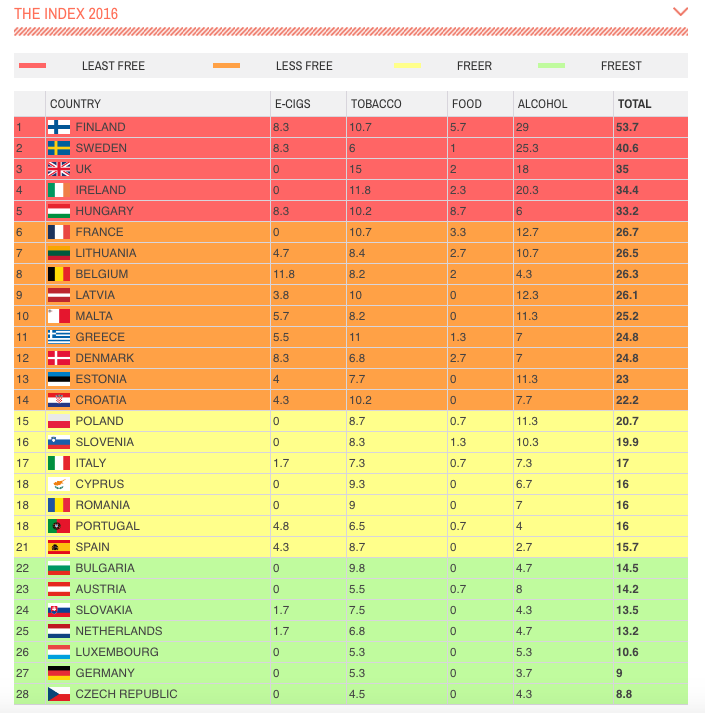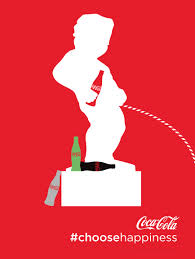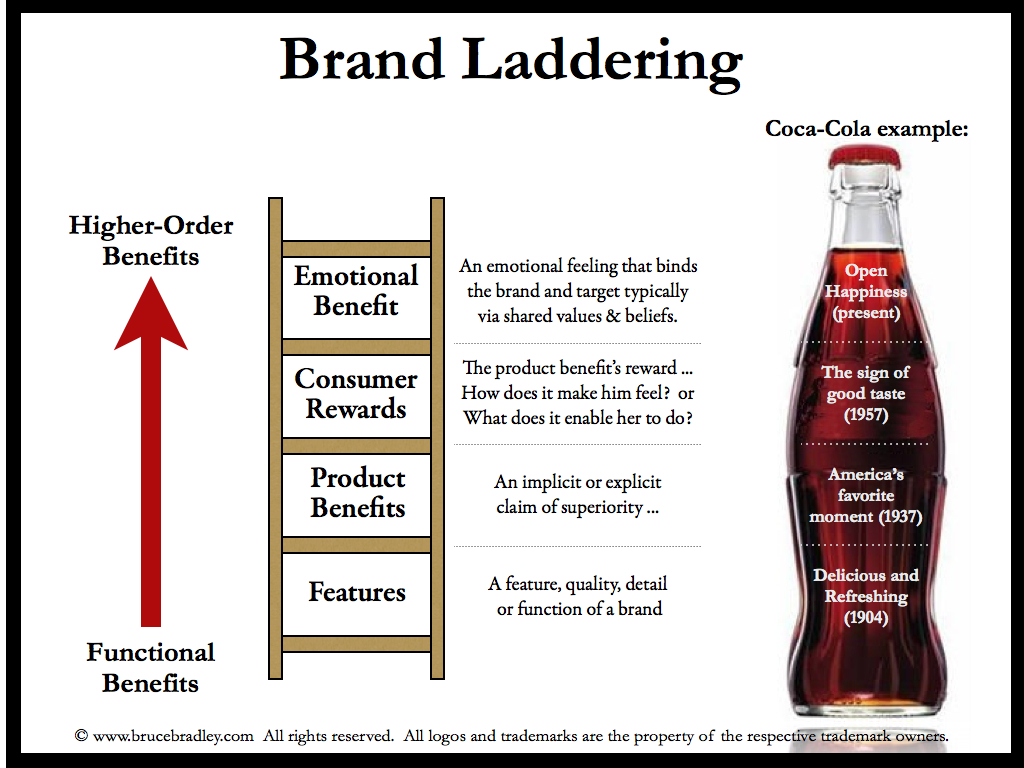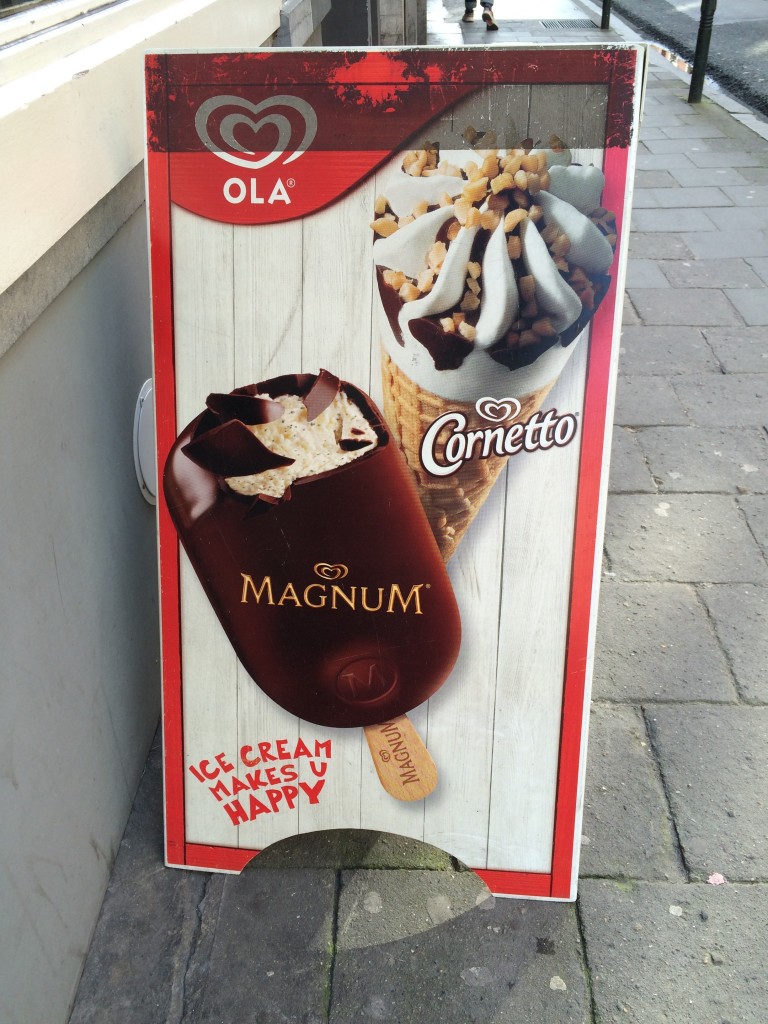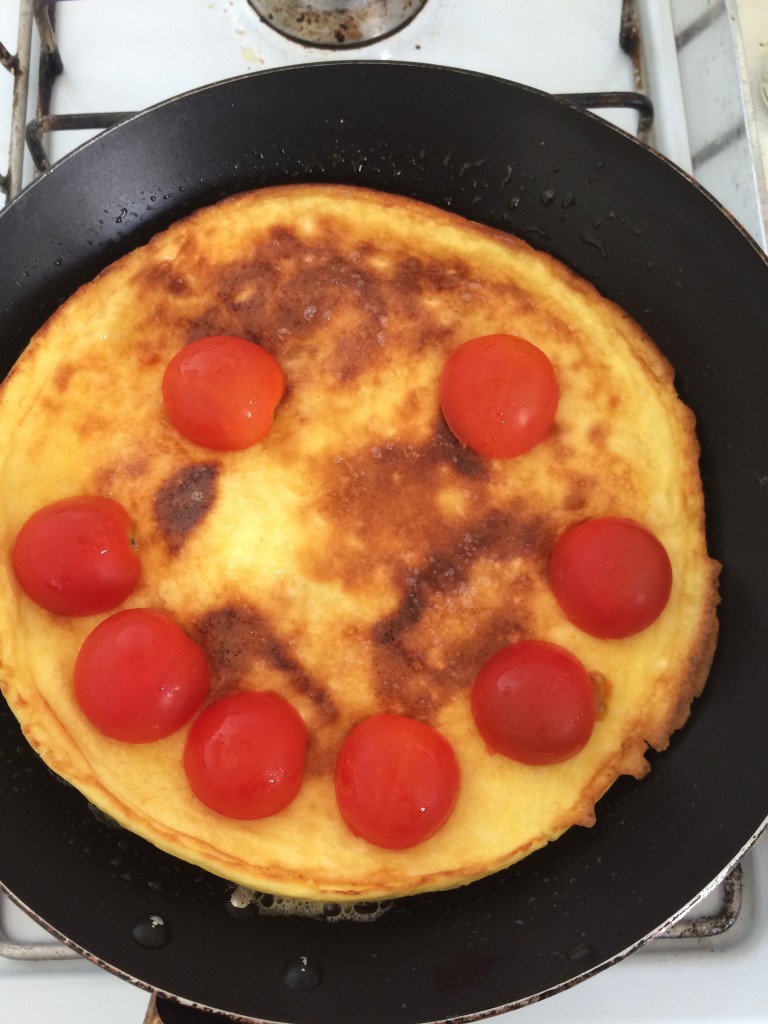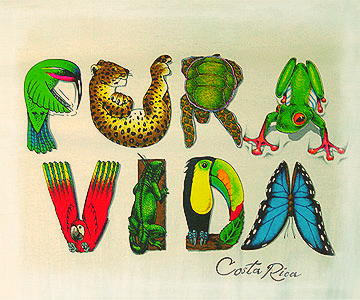It’s a pedagogic dilemma all parents will face: should we be strict to our children and prohibit them to do things that are bad for them? Or should we give them the freedom to learn for themselves that sand is not tasty, that you can fall if you climb a tree and that a drink too many has dire consequences the next day?
At the state level, similar dilemmas arise. Social-democrats traditionally don’t scare away from a dose of paternalism to educate citizens. Libertarians, on the other hand, abhor states that coerce a certain type of behaviour. Which recipe works best to develop a happy society?
Two weeks ago, I addressed the question “does size matter” – when it’s about the size of the state and happiness levels, that is. The evidence indicated that some of the happiest states are smaller countries, and that after a certain level? There is – surprisingly – a positive correlation between higher tax and higher life satisfaction. Does that also mean that a more active government, a Nanny State, could contribute to higher levels of happiness?
Nanny State Index
Republicans in the US and liberals in EU States – such as Dutch PM Rutte – agree on one thing: big government is big enough, and the state shouldn’t interfere too much with individuals’ life. That’s also the thought behind the Nanny State Index. It has been developed by liberal or libertarian think-tanks, and maps the strictness of regulation affecting personal choice in the 28 countries of the EU.
The Index lists four areas: e-cigarettes, tobacco, alcohol, and food. There is quite a difference in the freedom of access to this products across the EU. For instance, in Sweden alcohol is only available in state stores and e-cigarettes are effectively prohibited in Belgium.
Altogether, two of the paternalistic Nordics, Finland and Sweden, top the list. They stay ahead of UK and Ireland. As a result of strict rules on tobacco and so-called ‘sin taxes’ on unhealthy foods and drinks, Hungary completes the top-5. Denmark, which one might expect to be in sync with paternalist Nordics, only ranks 12th. On the lower end of the scale, we find Netherlands, Luxembourg, and Germany. The freest country of all is… the Czech Republic.
Does repression, or freedom, bring happiness?
Is there any correlation visible between being a nanny and low and high happiness levels? The evidence is difficult to interpret: the three top-1o countries of the World Happiness Report rank at different places in the Nanny State Index. Swedish is on top of the list, the Netherlands at the bottom, and to confuse the picture further, Denmark is mid-way in the table.
The implication might be the following. Policies may work out differently in different settings. It’s probably the same with children: all are different. Some kids will exploit freedom and end up in troubles; other will feel their confidence strengthened and will be good and happy citizens.

